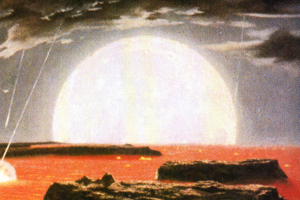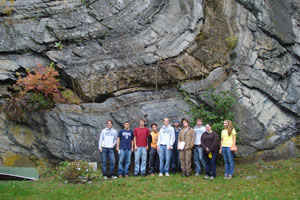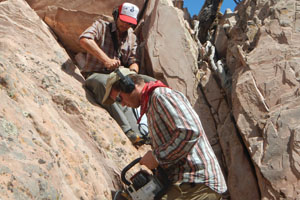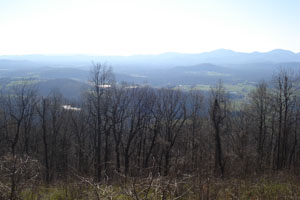Teaching

View east off of the Helderberg Escarpment in the Catskill Mountains, New York.
Teaching
|
|
GSCI 170 – Historical Geology. An introduction to the origin and evolution of the Earth and all of its divisions-atmosphere, hydrosphere, biosphere, and the divisions of the solid earth. Attention is given to the many approaches used to determine the history of the Earth through study of its materials, surface features, and structures as well as through modern studies that utilize geochemistry, geophysics, and planetary astronomy. |
|
|
GSCI 341 – Structural Geology. The study of rock deformations, including the description, classification, and origin of structures such as folds, faults, joints, and cleavage. Attention is given to the influence of rock structures on economic problems and on geomorphic features. Aspects of geotectonics are considered. Field trips are conducted outside class hours. |
|
|
GSCI 343 – Applied Geophysics. The study of geophysical techniques widely used in the Earth Sciences. Emphasis is placed on analytical methods of interpretation and the theory on which such methods are based. Methods investigated include laser distance measuring, GPS, paleomagnetism, and gravity. Field trips are conducted outside of class hours. |
|
|
GSCI 345 – Tectonics. The study of the evolution of the crust and upper mantle of the Earth, and the large- scale deformational features and patterns of motion which occur there. The relation- ships between internal earth processes and energy sources, and the evolution of the crust and upper mantle, are emphasized. Field trips are conducted outside of class hours. |



